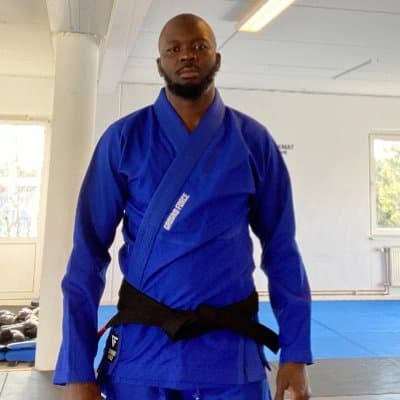Why Students Quit BJJ (and How Coaches Can Prevent It)

Mansour Mahamat-Salle
5/2/2025

Brazilian Jiu-Jitsu (BJJ) is one of the most challenging yet rewarding martial arts in the world. It tests you physically, mentally, and emotionally. And yet — despite all its benefits — an alarming number of students drop out within their first year.
As a coach, that hurts. Not just because it affects your gym's bottom line, but because every student who quits is a missed opportunity to change a life.
So, why do students quit BJJ? And more importantly — what can you do to stop it?
Let's dive into the five biggest reasons students leave, and how you can turn that around.
1. They Feel Like They're Not Progressing
In the beginning, BJJ is exciting. Every class feels like a breakthrough. But once the basics are learned and the belt promotions slow down, many students hit a wall. They roll with higher belts, get smashed, and start to believe they're not improving — even if they are.
Your role: Make progress visible. Use class time to highlight micro-wins: improved posture, better grips, smarter decisions in rolls. Celebrate consistency as much as taps. Create a culture where showing up is progress.
2. They Get Injured or Burned Out
Nothing kills momentum like an injury. For new students, especially older ones or hobbyists, one bad roll can sideline them for weeks — and that's often enough to quit. Burnout is just as dangerous: going too hard, too often, without recovery.
Your role: Build a culture that respects the long game. Encourage rest, tap early, and check egos at the door. Monitor how often students train and talk to those who push too hard too fast. Teach pacing, not punishment.
3. They Don't Feel Connected
BJJ can be intimidating. If a student doesn't feel part of the team — especially in the early months — they're far more likely to drift away. A missed class turns into a missed week, and then they're gone.
Your role: Foster community from day one. Learn their names. Pair them with a buddy. Celebrate personal milestones, not just athletic ones. Community is retention — and every student should feel seen, supported, and valued.
4. Life Happens
Sometimes, the reason a student leaves has nothing to do with jiu-jitsu. A new job, a move, a breakup, financial stress — these life events pull people away from the mat. But what separates a temporary break from a permanent dropout is follow-up.
Your role: Stay in touch. Notice when a regular disappears and reach out — not with pressure, but with care. Let them know they're missed. Sometimes, a simple "Hey, how are you doing?" is all it takes to bring someone back.
5. They're Overwhelmed or Lost
BJJ is complex. There's no clear path unless you create one. Many students don't know what to work on, where they're weak, or how to build a game that suits them. Without direction, they feel lost — and eventually, leave.
Your role: Be a guide, not just an instructor. Give your students structure, goals, and feedback. Teach them how to build their game — not just execute techniques. Clarity turns chaos into commitment.
You Set the Tone
Students quit for many reasons — but you, as a coach, have more influence than you think. The atmosphere you create, the culture you build, and the systems you put in place can make the difference between a dropout and a lifelong practitioner.
Want to Keep More Students on the Mats?
If you're ready to take student engagement to the next level, consider using a tool designed to help coaches like you track attendance, highlight progress, and build a stronger gym culture.
BJJ Evolve helps you stay on top of the little things that matter — so your students stick around long enough to experience the life-changing power of Jiu-Jitsu.